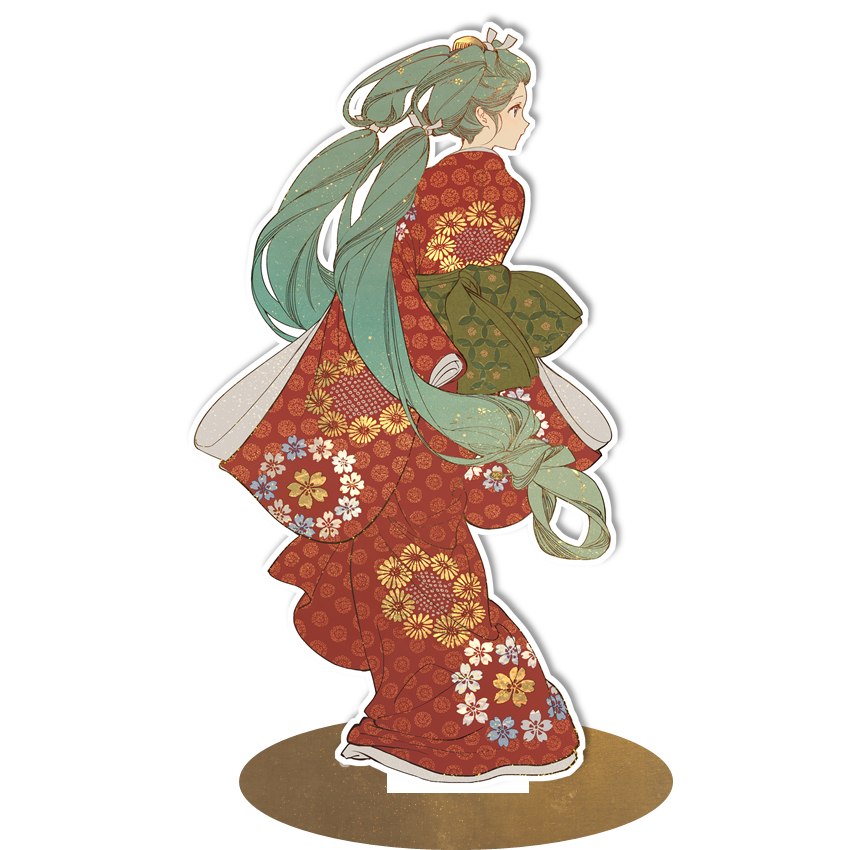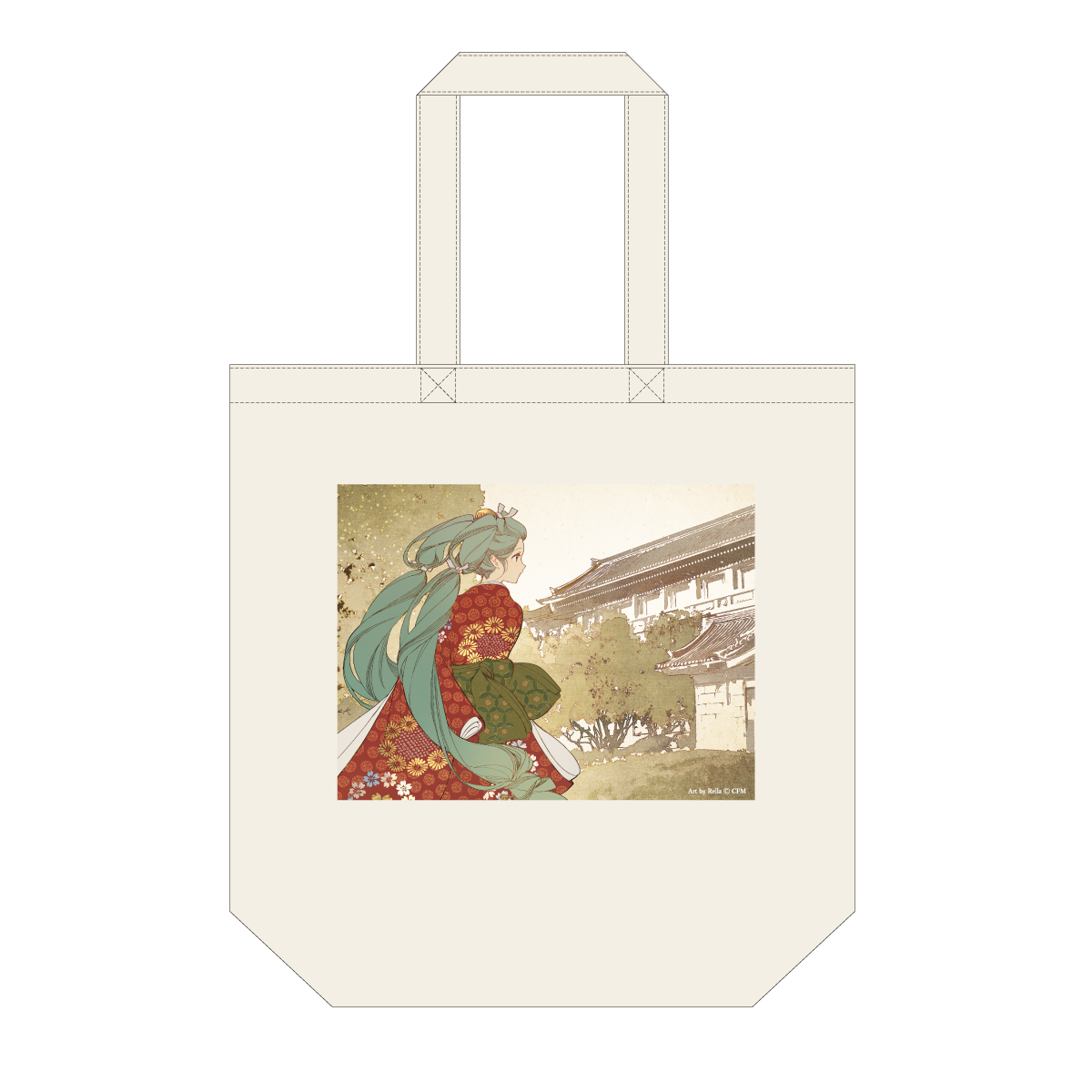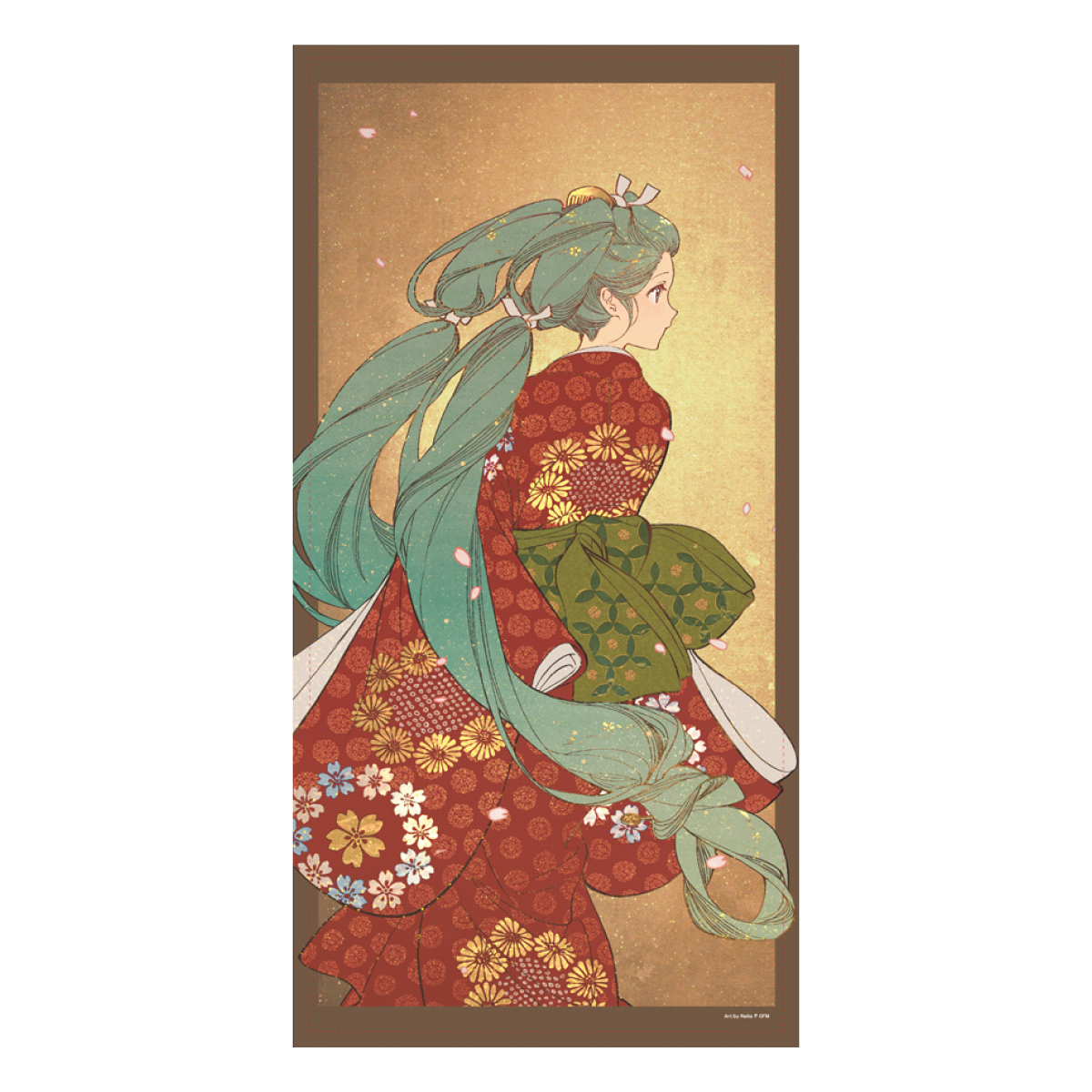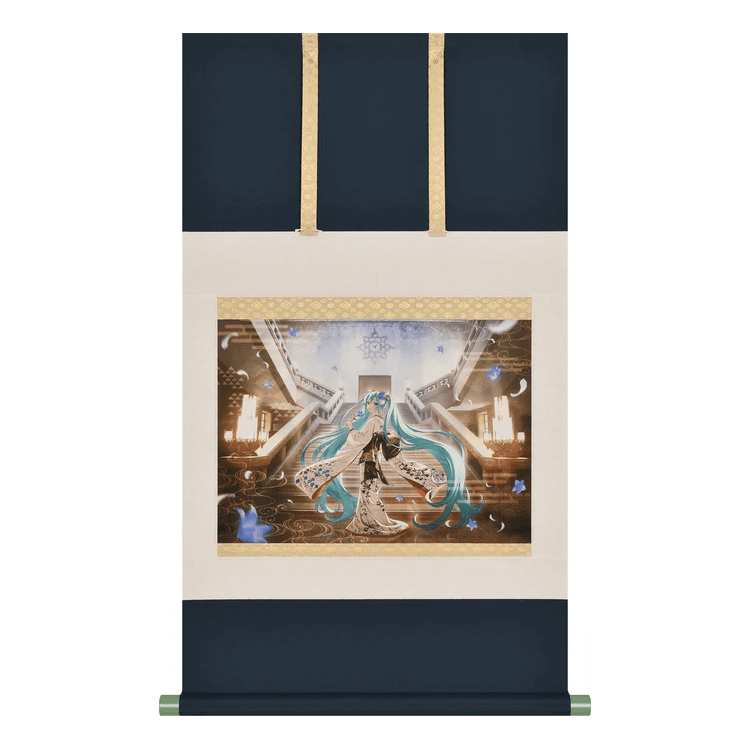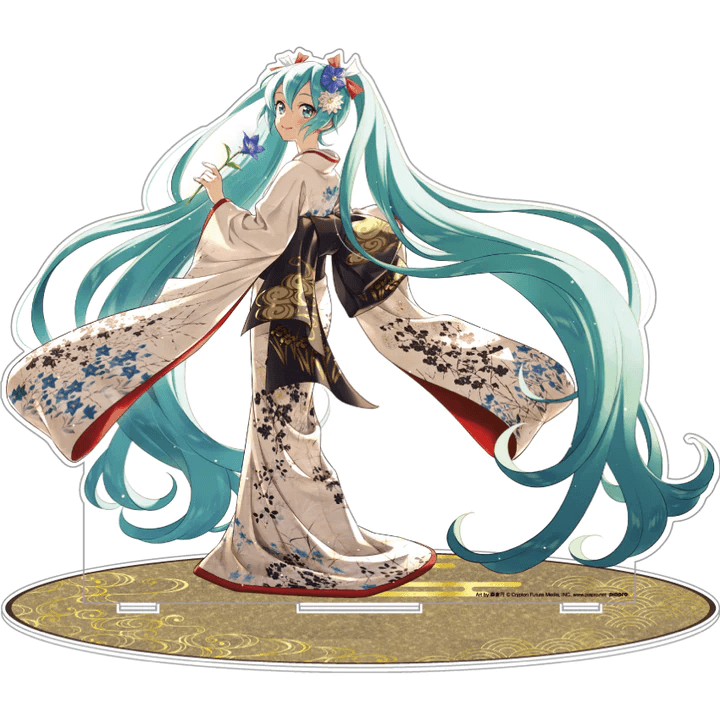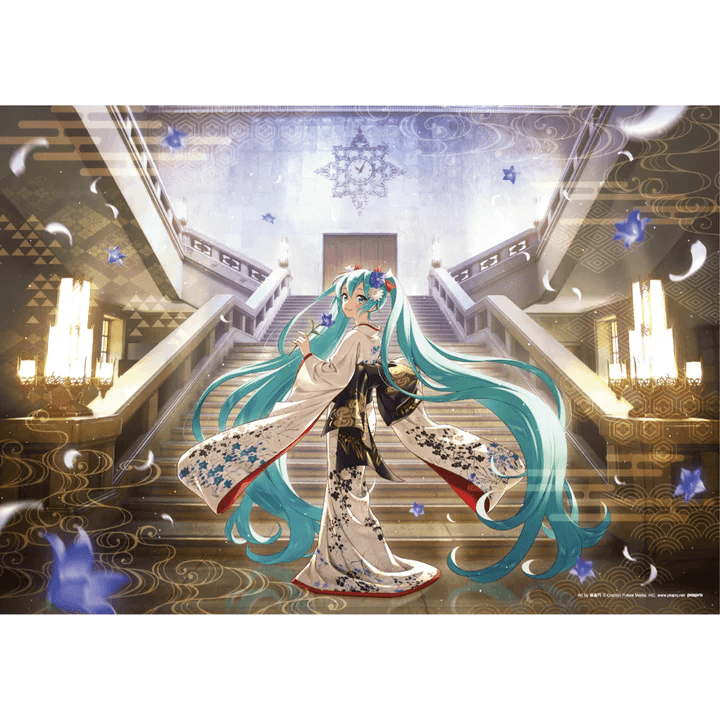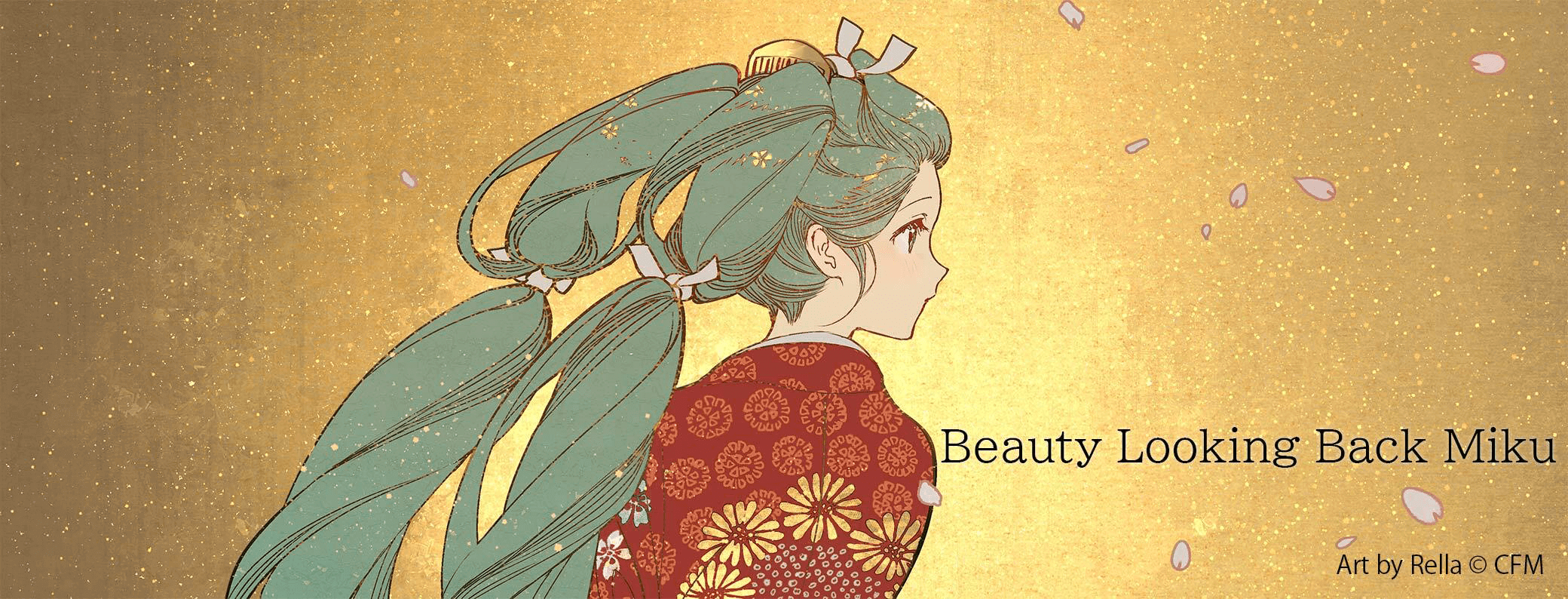
Hatsune Miku x traditional Japanese artwork limited collab merch!
Hatsune Miku x traditional Japanese artwork limited collab merch!
Published: Jun 30, 2023
Updated: Jun 30, 2023
This project has ended
Table of contents
Introduction
Limited-edition merchandise featuring Hatsune Miku crossed over with historical Japanese artwork has been produced in collaboration for a project created to restore valuable cultural properties in Japan.
A portion of the sales will be donated to the Tokyo National Museum to restore cultural properties housed there. Save the future of these precious cultural properties through Beauty Looking Back Miku and Korin Kimono Miku!
Sale period: until June 30, 2023
Merch
Beauty Looking Back Miku
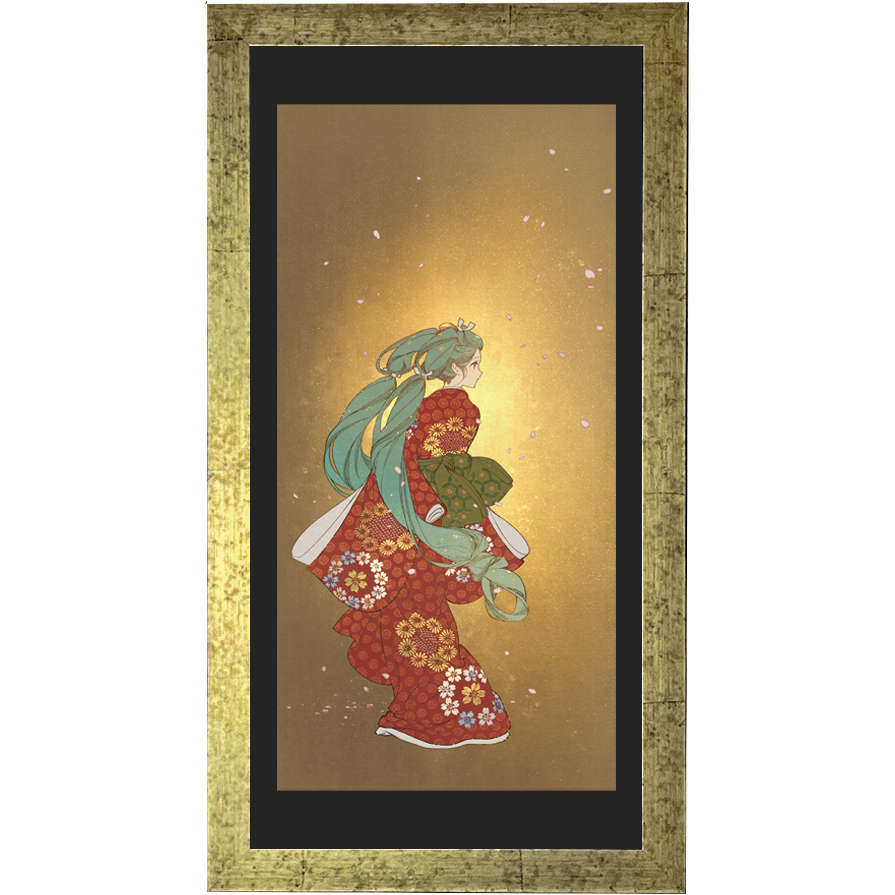
Beauty Looking Back Miku was created as part of the Haniwa of Dancing People and Beauty Looking Back Conservation Project held by the Independent Administrative Institution of the National Institutes for Cultural Heritage, the Tokyo National Museum, and the National Center for the Promotion of Cultural Properties. A portion of the sales from the collaboration merchandise will be donated to the Tokyo National Museum to restore cultural properties housed there, such as the Haniwa of Dancing People and Beauty Looking Back.
This project is the second collaboration with Miku following the Korin Kimono Miku in June 2020.
The key visual of Beauty Looking Back Miku was created by Rella, an illustrator who works both within and outside of Japan.
This moment of Miku turning around in a vivid red, long-sleeved kimono with her bangs tied back with a paper cord in the Fukimaegami style uses Hishikawa Moronobu’s Beauty Looking Back as a motif. The pattern on her kimono features cherry blossoms and chrysanthemums in a circular pattern to mimic hanamaru flower seals. Her obi sash is tied in the Kichiya-musubi style, which was associated with popular stage actors of the time period, so you can see glimpses of Edo period fashion in her style of dress.
Your purchase directly affects the future of these precious cultural properties!
◆ Click here for more details on the Haniwa of Dancing People and Beauty Looking Back Conservation Project.
https://www.tnm.jp/150th/project/fundraising.html
Comment from the illustrator
“I learned about the conservation project between the Tokyo National Museum and the National Center for the Promotion of Cultural Properties upon participating in the collaboration between the Korin Kimono and Hatsune Miku in 2020.
I feel like there is great value in a project that matches the conservation of precious cultural properties to a modern era, so I’m honored to participate.
Nothing could make me happier than if my Beauty Looking Back Miku illustration helps you gain an interest in valuable cultural properties and decide to participate in the conservation project.”
Illustrator - Rella
Rella
An illustrator and designer. She’s known for her delicate use of color and unique use of light. Her character designs are well renowned, and she has designed a number of figures. She draws a lot of Hatsune Miku illustrations in her personal time and uploads them to her social media. She has been involved in many projects such as Hatsune Miku NT, the Hatsune Miku Symphony series, and Hatsune Miku Chronicle, as well as designing the outfit and participating in the music video for Project Sekai Colorful Stage! feat. Hatsune Miku. Outside of her activities with Hatsune Miku, she has also participated in a variety of projects, such as the bilibili 10th Anniversary Pure White Love 2233 Memorial Figure and Craft Essences for Fate/GrandOrder.
Korin Kimono Miku
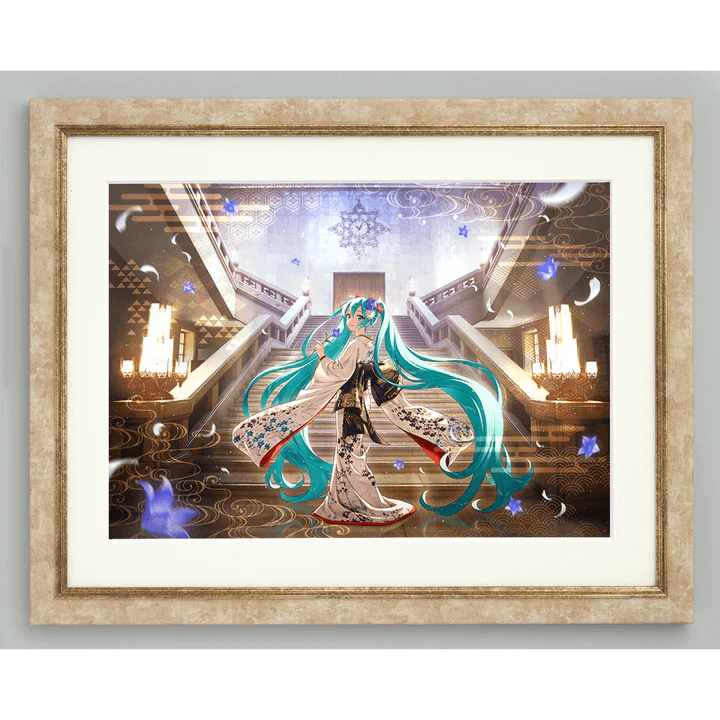
Korin Kimono Miku was drawn as part of the Korin Kimono Restoration Project. The project aims to gather support from individuals and corporations for the restoration of “Robe with Autumn Flowers”, also known as the Korin Kimono.
While the original kimono is a kosode (a kimono with short sleeves), Hatsune Miku is 16 years old, so this design puts her in a long-sleeved furisode kimono while retaining the beauty of the Korin Kimono.
Miku looks gorgeous as she goes down the grand staircase of the main building of the Tokyo National Museum. Her obi sash was designed in the style of Ogata Korin, the designer of the Korin Kimono, and has Ryusuimon flowing water and Kakitsubata Japanese iris patterns on black cloth.
Korin Kimono Miku was designed by En Morikura, an illustrator and character designer who works both within and outside of Japan.
◆ Click here for more details on the Korin Kimono Restoration Project.
https://cpcp.nich.go.jp/modules/r_free_page/index.php?id=50&lang=en
En Morikura
A character designer who has worked on Kizuna Ai, a virtual entertainer, and Marui Group’s anime commercial “The Round (Marui) Happiness that the Cat Gave Me.” She has worked in various genres, including iFree Touch (an investment simulator app by Daiwa Securities Group), a collaboration T-card for TSUTAYA members, New Year’s cards for Japan Post New Year’s card trade, and more. Her book, ILLUSTRATION MAKING & VISUAL BOOK En Morikura, was published in 2019 and has been so well received that its second press is already available for purchase.
About Hatsune Miku
Hatsune Miku is the name of a voicebank in a music creation software developed by Crypton Future Media Inc., who can be made to sing a song just by inputting lyrics and a melody. A large number of creators have been using Hatsune Miku to create and upload music on the internet, starting a sudden movement. She has gained attention as a character and virtual singer and has become popular around the world across various genres, with hundreds of thousands of official and original merchandise being produced and sold as well as numerous live performances.
About Tokyo National Museum
The Tokyo National Museum (TNM) opened in 1872 (Meiji 5) with an exhibition held at the Yushima Seido shrine in Tokyo. The museum focuses on treasured art objects, historical documents, and archaeological objects of Japan as well as East Asia and other parts of Asia.
Aside from its exhibits, the museum also performs research on current and new collection pieces and offers lectures and gallery talks (mostly in Japanese).
 Projects
ProjectsYou Should Read This Manga 2025
You Should Read This Manga is a yearly manga discovery list created for (and by) the international fan.
 Projects
ProjectsKodansha Critical Hits & Fan-Favorites
Kodansha—purveyors of some of the most exciting and heart-felt manga published today, like Blue Lock, A Sign of Affection, WIND BREAKER & more—prides itself on having an expansive library of stories and genres.
 Projects
ProjectsSUMMER SALE! Japanese pros teach you how to draw anime/manga!
Don’t miss your chance to receive lessons and advice from professional Japanese manga artists and animators for up to 20% off!

